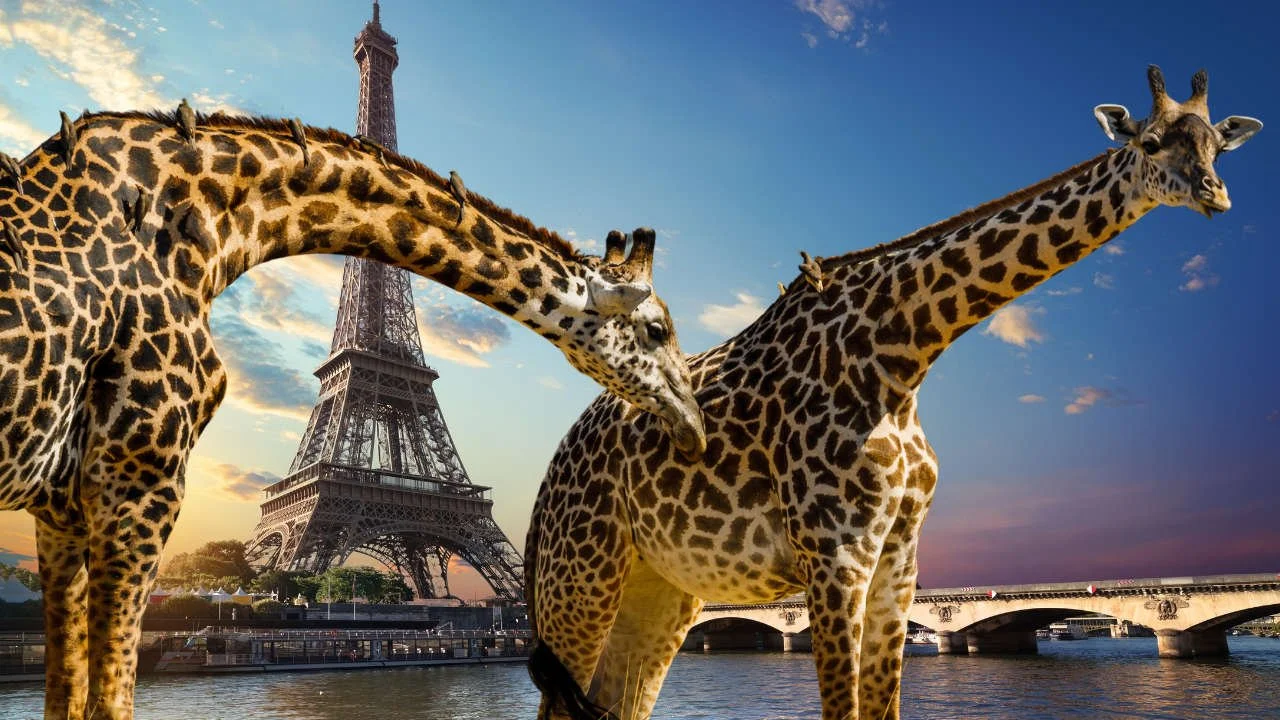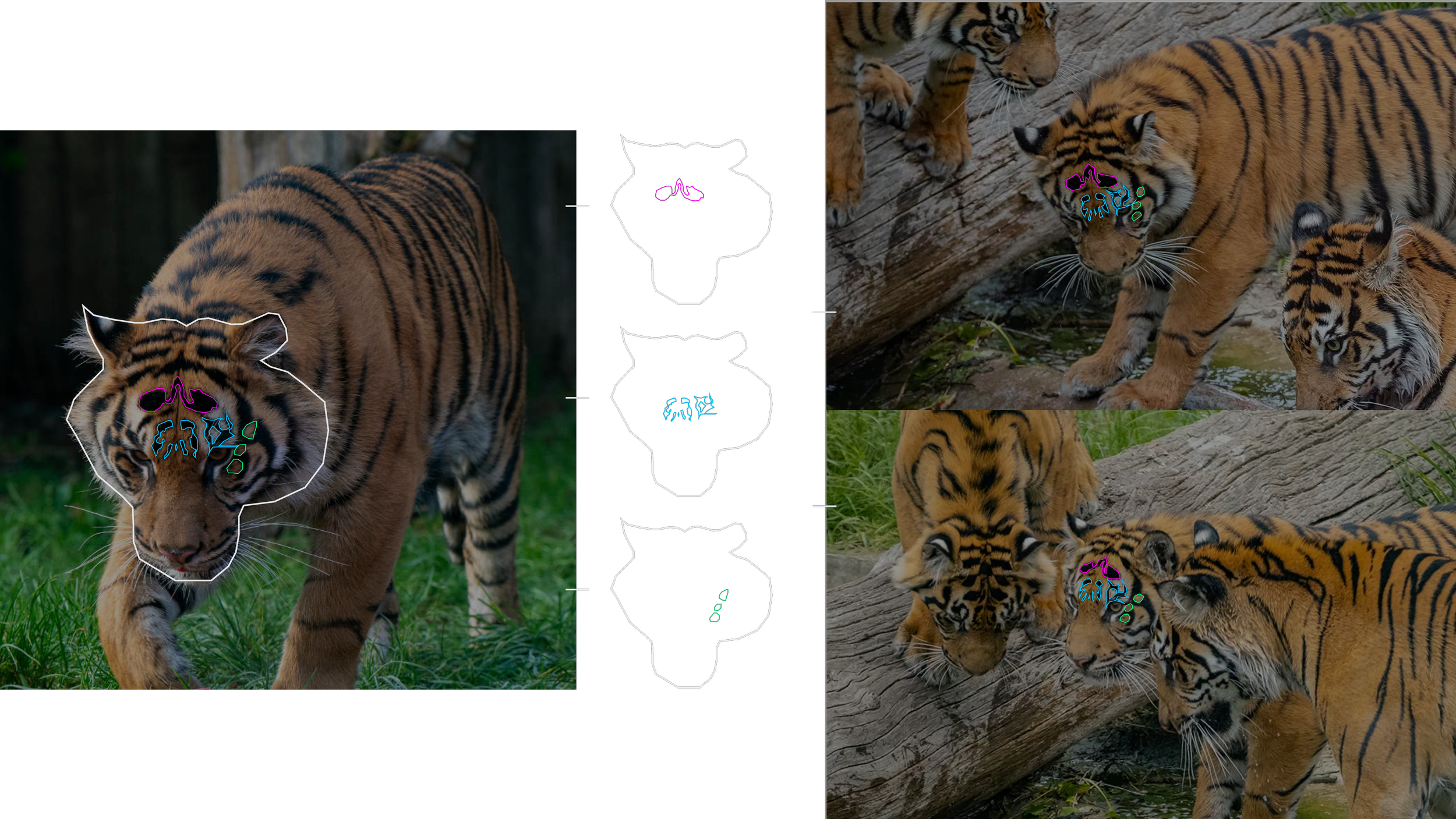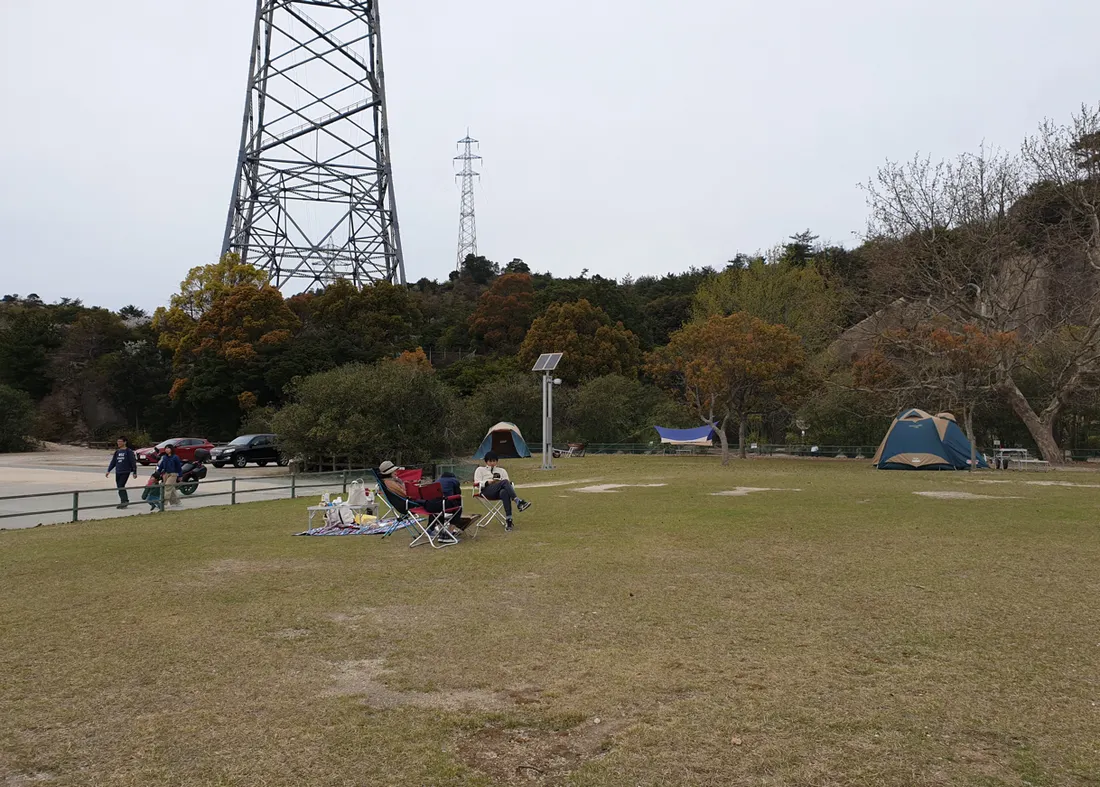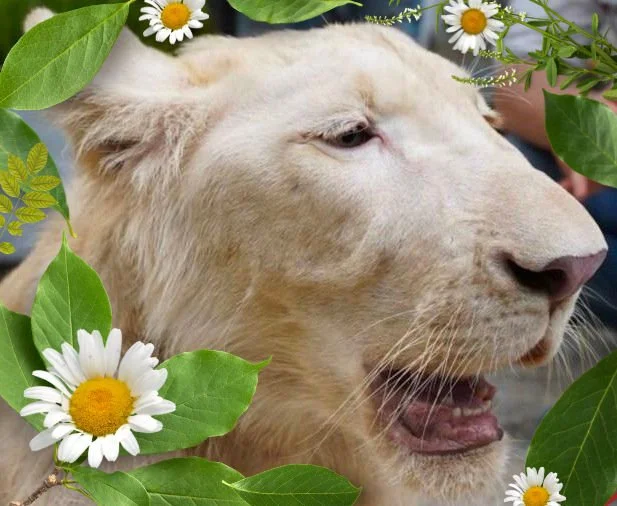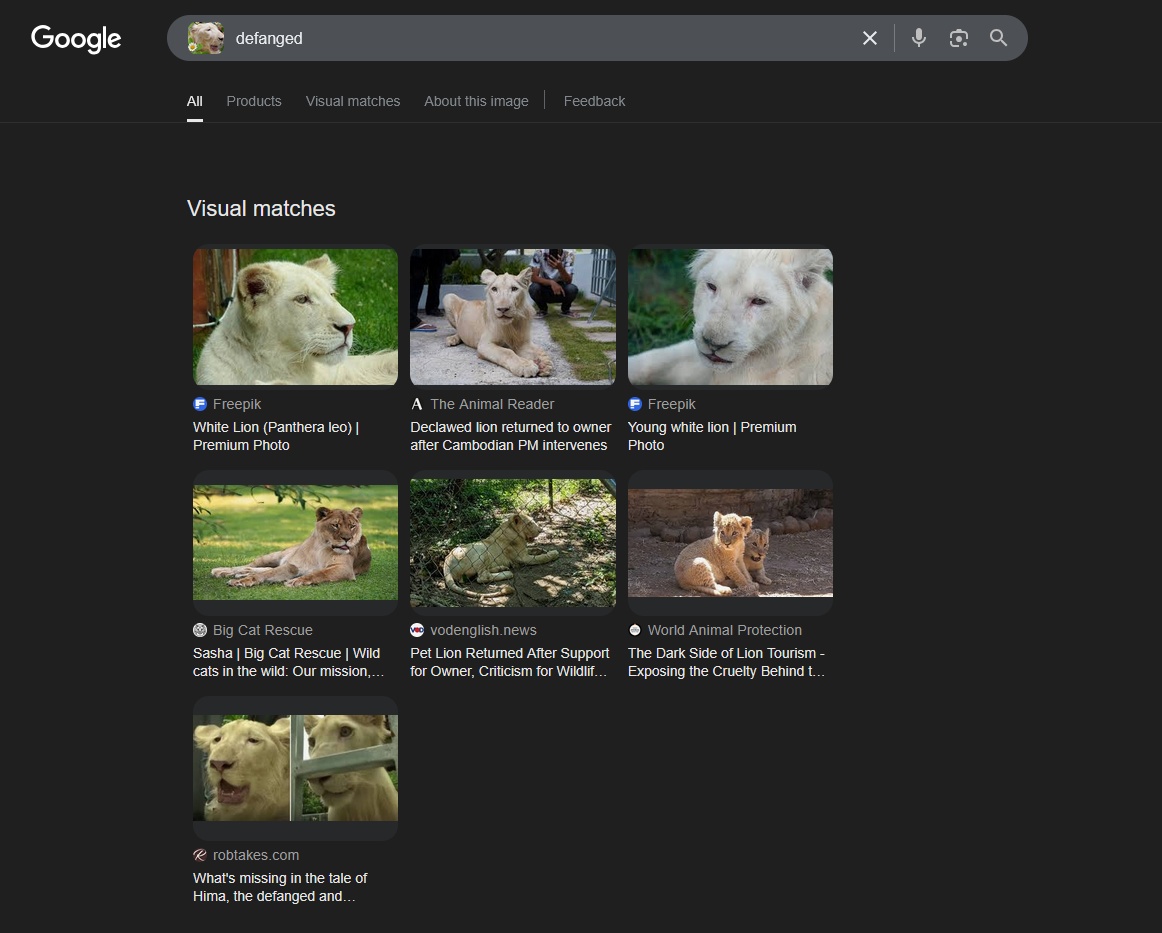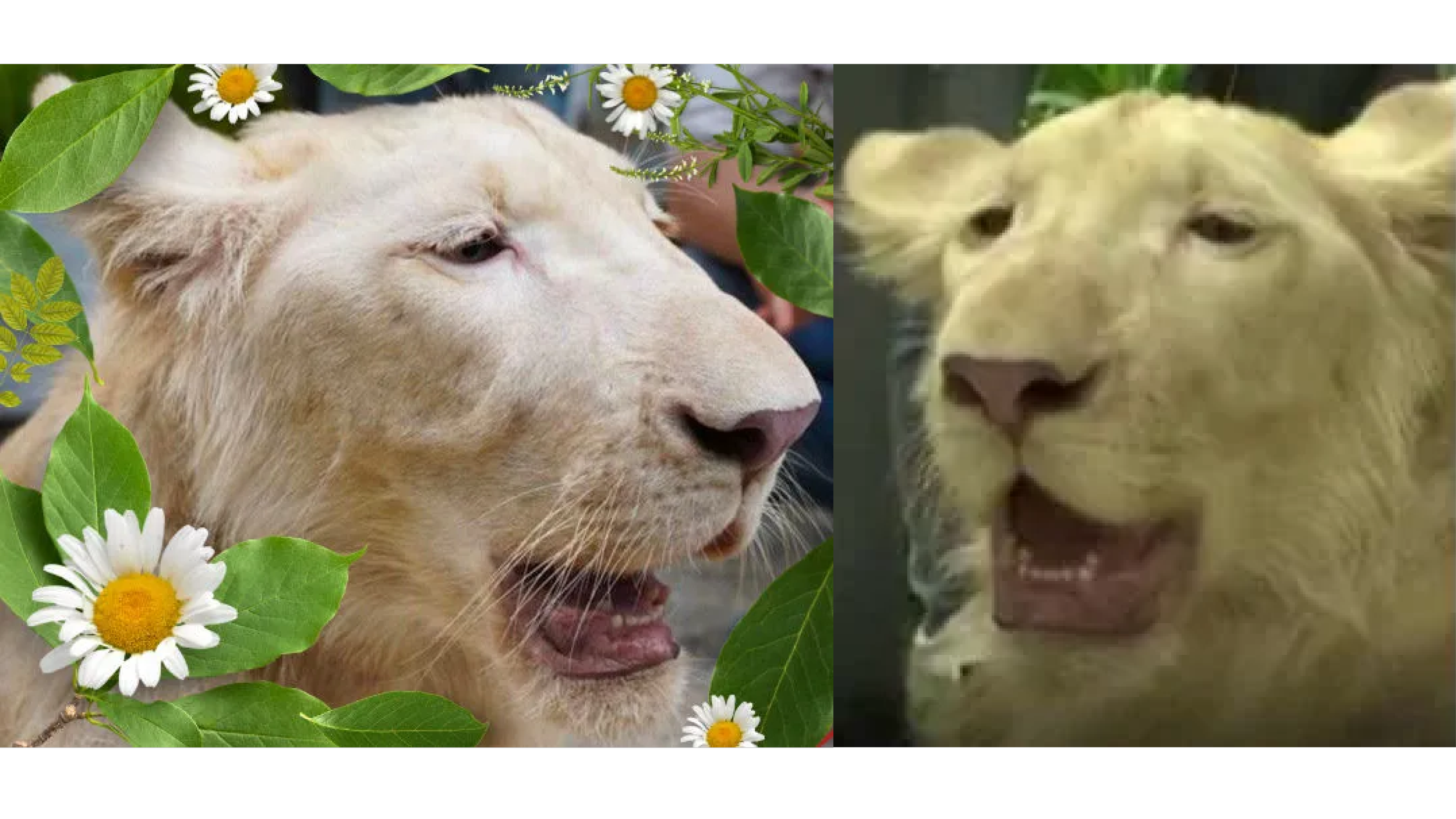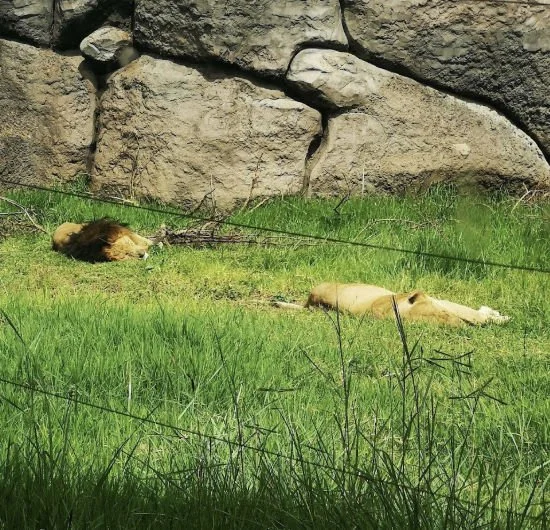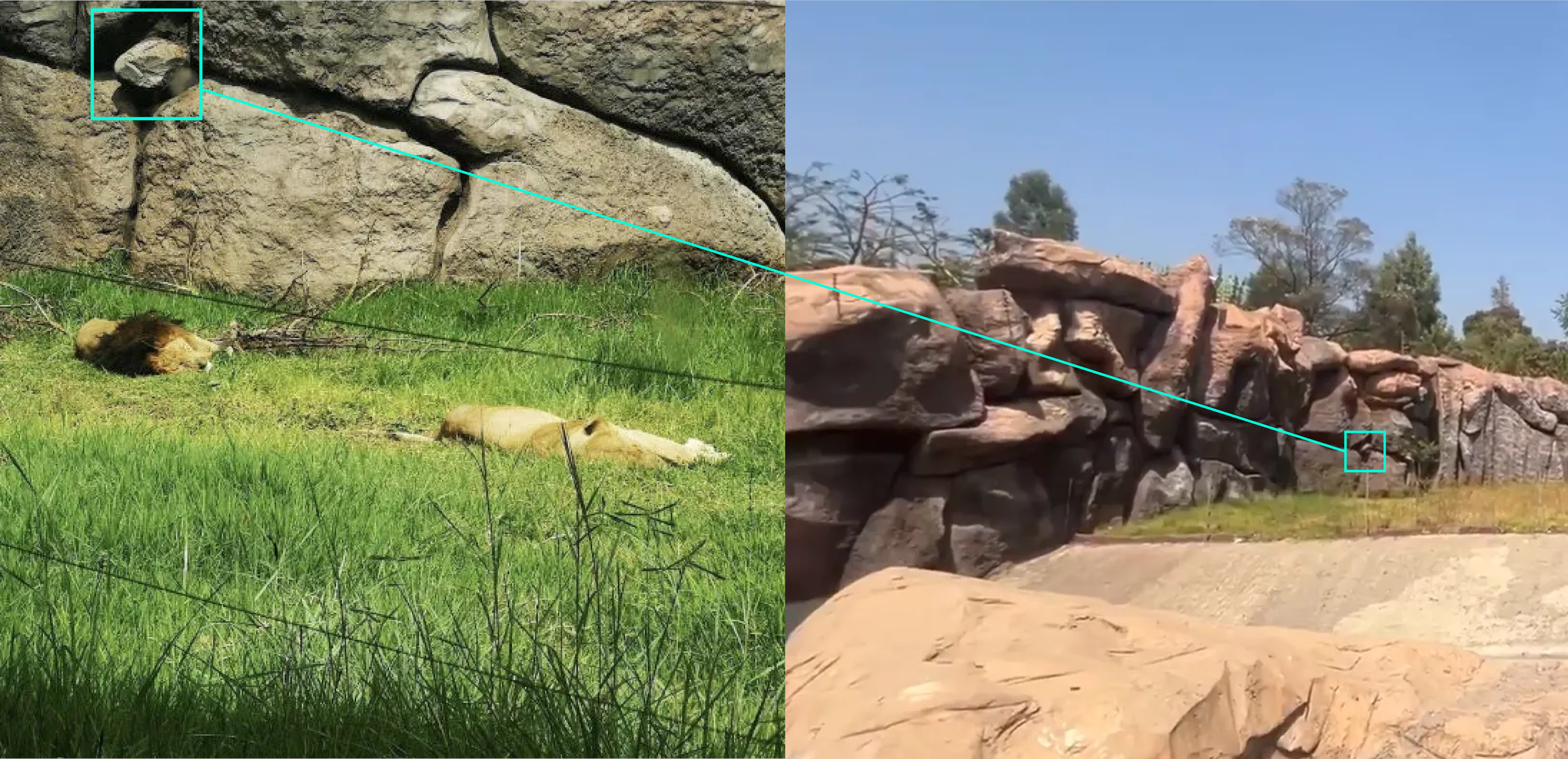Bellingcat OSINT Challenges - Wild Lives
1. Spot the Location
It’s a tall order!
Puzzle by Foeke, Bellingcat.
Giraffes... on holiday?
Did you know the spots on a Giraffe are used to regulate their body heat?
Giraffes can be found all throughout sub-Saharan Africa, but what about this species...
At first ei-ffel for the edit, it drove me in-Seine.
In which country were the giraffes in this image most likely photographed?
Upon review of the challenge description, it became clear that the image in question is an edited version of an original photograph depicting giraffes.
To begin the identification process, the focus was aimed at researching the various species of giraffes and their unique patterns to narrow down the potential location. Wikipedia, specifically its comprehensive entry on giraffe species and subspecies, served as an invaluable resource for this task. The classification provided on the site allowed for a detailed comparison of giraffes within the Giraffa genus.
Source: Prepared by and uploaded to Commons by user OldakQuill.
A side-by-side analysis of the giraffe patterns revealed that several species—namely the Masai, Angolan, South African, and Thornicroft giraffes—share similarities with the giraffes depicted in the image.




“Thornicroft’s giraffe (Giraffa camelopardalis thornicrofti), also known as the Rhodesian giraffe or Luangwa giraffe, is a subspecies of giraffe. It is sometimes considered a species in its own right (as Giraffa thornicrofti) or a subspecies of the Masai giraffe (as Giraffa tippelskirchi thornicrofti). It is geographically isolated, occurring only in Zambia’s South Luangwa Valley. An estimated 550 live in the wild, with no captive populations. Its lifespan is 22 years for males and 28 years for females. The ecotype was originally named after Harry Scott Thornicroft, a commissioner in what was then North-Eastern Rhodesia and later Northern Rhodesia.”
Upon closer examination, Thornicroft’s Giraffe emerged as the closest match. A detailed comparison of key areas on the giraffe’s body, including the shape and arrangement of the spots, supported this identification.
The image of Thornicroft’s Giraffe provided on Wikipedia also indicated that this species is native to the region of Zambia. Inputting it as the answer results in a successful resolution of the challenge.
In addition to identifying the giraffes, a summary analysis was performed on the type of bird perched on their backs, as this could provide further context about the environment in which the animals are found. A thorough search led to the identification of the bird species as Red-Billed Oxpeckers (Buphagus erythrorhynchus). These parasitic birds are commonly found in sub-Saharan Africa, where they primarily feed on ticks and surface-level debris from larger animals’ skin, often causing bleeding. This has earned them the alternative name “Tickbirds.”
In conclusion, the identification of the giraffes as Thornicroft’s Giraffe, coupled with the confirmation of the Red-Billed Oxpecker as the bird species, provided a solid foundation for solving the challenge. The combination of species identification and location-based evidence was key to resolving the query effectively.
Answer: Zambia
2. Camouflage
A tiger never changes it's stripes!
Puzzle by Foeke, Bellingcat.
India is home to over half the world's population of tigers, but these ones living in a zoo could be anywhere in the world.
What is the name of the Tiger in the photo?
The image provided with the challenge (seen above) has an image credit section which mentions the following: “Bonnie Britain/Cover Images via Reuters Connect”. A reliable approach to identifying the SOI involves tracing the photographer's name and conducting a chronological search of their photography trips. This method provides valuable context, including potential information about the location, time, and environment of the photograph, as it may often be included in the photographer’s posts. For this challenge, a different methodology was pursued.
A reverse image search on Google was conducted to determine the location of the photograph. Two relevant articles were identified. However, further analysis confirmed that both sources were inaccurate. The tigers referenced in these articles—Padme and Carrie—bear resemblance to the SOI, but are not an exact match, and do not yield positive results when submitted as challenge answers.
A recurring theme in the Google Image Search results pointed towards the possibility that the SOI is a Sumatran tiger. This observation warranted further investigation. Although AI-driven search results are inherently interpretive, the search algorithms appear to be recognizing patterns that may correlate with known Sumatran tiger characteristics.
Considering the inconclusive nature of the Google search results, Yandex was employed as an alternative search engine. Search operators were utilized to refine the results, eliminating irrelevant data and focusing on more pertinent sources. The source image was attached to the search query as well.
After filtering out extraneous results, relevant articles surfaced, detailing Sumatran tigers housed at the London Zoo. Two tigers were mentioned: Asim and Melati. It was noted that Melati had been killed by Asim, a tragic event given the critically endangered status of Sumatran tigers. Despite the tragedy, this development led to an increased focus on Asim's current situation.
A review of the London Zoo’s website confirmed that Asim currently resides with a new mate, Geysha, and their cub, Crispin. Notably, Crispin’s head pattern appeared to closely match the distinctive markings seen in the original challenge image. This discovery suggested a strong correlation between Crispin and the SOI.
This process underscores the utility of cross-referencing sources and employing a multi-faceted search strategy in resolving complex identification challenges.
Answer: Crispin
3. Hopping Around
Where are we hopping to today?
Puzzle by Merel, Bellingcat.
The world is big when you're small, and small things can be very cute!
We HAVE to find the location of this rabbit.
What are the coordinates of the rabbit? Use latitude and longitude in decimal format with three decimals (12.345, -67.890)
Investigation commenced with the identification of the tree and the rabbit seen in the image. The rabbit was of importance not only as the SOI of the investigation, but also due to the nature of its interaction with the photographer.
The rabbit could be native to the area, and wild. Therefore, the interaction would be spontaneous and random.
The rabbit could be domesticated, raised on the land by a groundskeeper or for tourism purposes.
A first attempt was made using ChatGPT. The AI incorrectly identified the rabbit as a Desert Cottontail, which lead the investigation down a “rabbit hole” for a considerable amount of time.
Following this suggestion from the LLM, attention was given to the tree prominently showcased in the center of the photograph.
The AI was then prompted to cross-reference the two species (tree and rabbit) and identify possible locations where their habitat areas overlap.
At this point, it was not yet evident, but this line of inquiry would ultimately yield no useful results. Further analysis was conducted using the Open Infrastructure Map and Long Lines (a U.S.-oriented tool) to identify high-voltage electricity tower emplacements along the Californian coast, as suggested by the incorrect identification of the Coast Live Oak and the Desert Cottontail. While both tools are generally effective, the dataset they were operating on in this instance was inaccurate or insufficient.
The section up to this point is included as an advisory note against the uncritical use of large language model platforms when analyzing low-quality visual evidence in high-stakes, real-world investigations. With higher resolution imagery or a greater quantity of evidence, confidence in the AI-generated output might have increased. However, in this case, the available data was insufficient for the model to produce a valid judgment.
Backtracking the investigation led to a reverse image search of the original photo using Google, combined with the keywords “rabbit tower.”
The second result included the keyword “rabbit” and depicted an electrical tower. This led to a blog post describing a traveler’s experience visiting Rabbit Island. The full-sized image of the towers highlighted their exceptional height.
Credit: @taco.cat on travelfeed.com
Analysis of publicly available satellite imagery revealed one such structure towering over the forested hills on the northern side of the small island.
A closer examination of the street-view imagery confirmed the presence of the same trees visible in the original photograph. The design and construction of the fence also matched, confirming the location's authenticity.
Left - Google Street View / Right - Original Image
Using three decimal places for the coordinates allows sufficient margin when submitting the final answer. If the initial coordinate submission is rejected, incrementally adjust the thousandths decimal place for each coordinate until the correct value is accepted.
Answer: 34.312, 132.992
4. A Proud Creature
But something is wrong.
Puzzle by Foeke, Bellingcat.
There are some signs you can look out for when you're researching wildlife abuse.
Can you spot the telltale signs?
What is wrong with the lion? Complete the following sentence with one word: "The lion has been ___ ".
Upon summary examination of the image, it is evident that the fangs are absent, accompanied by significant inflammation of the gums and lips. The appropriate conclusion in this case is "defanged." However, further analysis of the image's source is warranted.
Aiming to locate media coverage related to the lion, the image was submitted to Google Reverse Image Search with the keyword “defanged” appended. Two relevant articles appeared in the results, the second of which references a white lion named “Hima,” which had reportedly been defanged.
Hima shares multiple visual characteristics with the SOI in the original image. When placed side by side, comparative analysis reveals similarities in jaw structure, tooth positioning, the drooping shape of the eyes, and sunken cheekbones.
Left: Original image / Right: Article Image
The animal is reportedly owned by Qi Xiao, who has proudly taken responsibility for both defanging and declawing it. Additional information regarding the incident can be found here.
Answer: Defanged
5. Lazy Lions
No time for a cat nap!
Puzzle by Charley, Bellingcat.
Two lions doing what they do best.
Did you know that lions can sleep up to 21 hours a day? I wish I had time for that!
These lions are napping in their native country, but where is it?
What is the name of this zoo? (omit 'zoo' from your answer)
The challenge description offers a key indicator regarding the location of the lions. The investigation begins with the identification of the male lion positioned on the left side of the original image. This lion displays a notably dark mane, except for the frontal section of the head.
Articles referencing black-maned lions frequently indicate their association with Ethiopia, where they are recognized as the national animal.
The second article in the search results specifies that these distinctive and rare lions are kept at Addis Ababa Zoo in Ethiopia. No official websites provide clear images of the zoo’s internal pathways. However, video footage, particularly from the YouTube channel Addis Ababa Close-up, features a walkthrough that includes several enclosures. While views of the lion enclosure are limited, certain short clips reveal both the artificial rock structures and the cable fencing with sufficient clarity.
A conclusive video was located that captures the lion enclosure from a critical angle. A distinctive rounded stone at the intersection of four larger stone slabs serves as a unique marker, corroborated by the overall configuration of the stones. The zoo is part of a broader complex known as Unity Park.
Left: Original Image / Right: Video Stillframe
Answer: Unity Park
